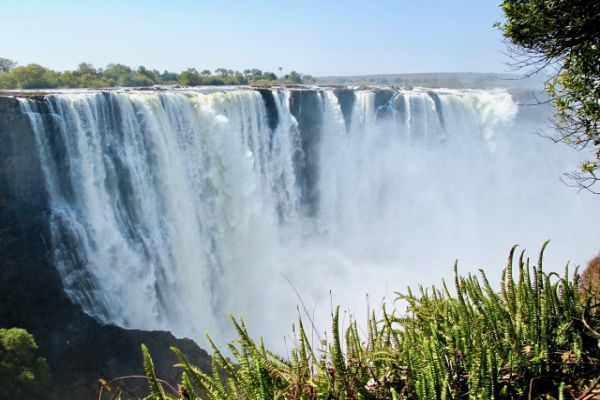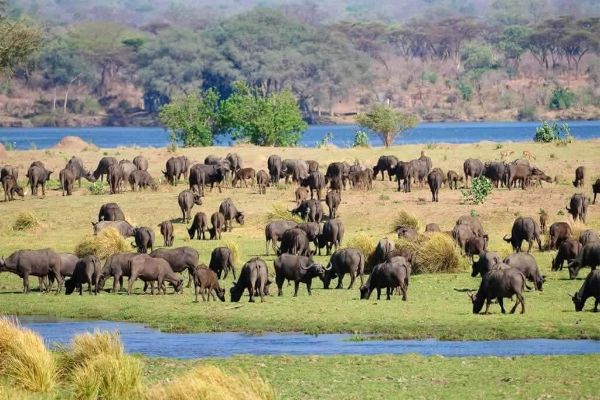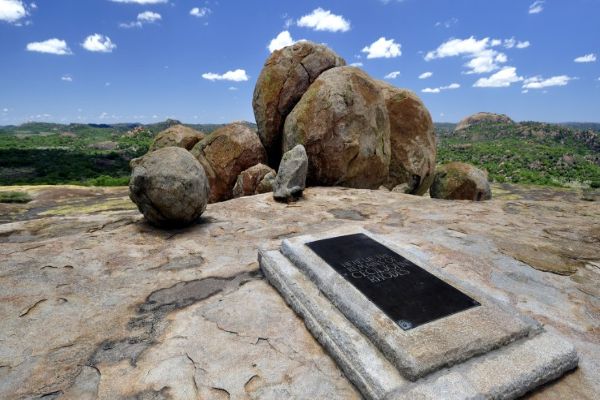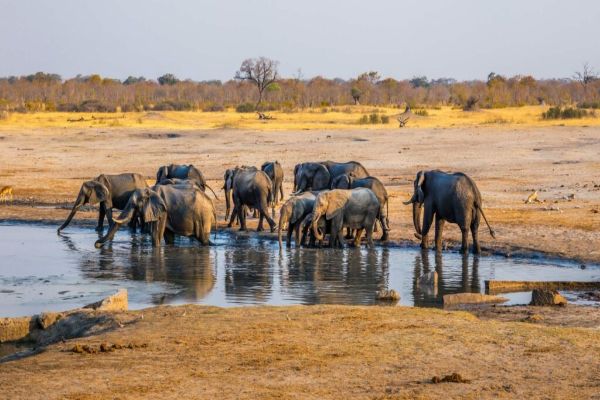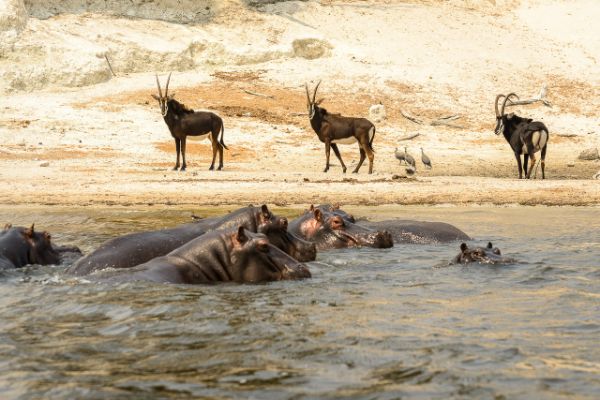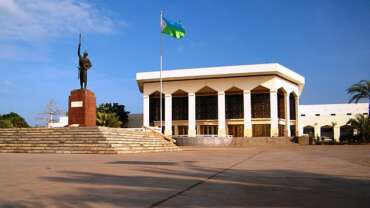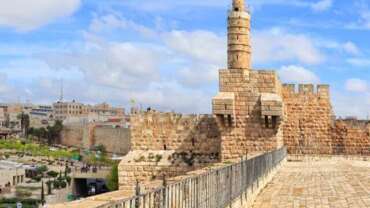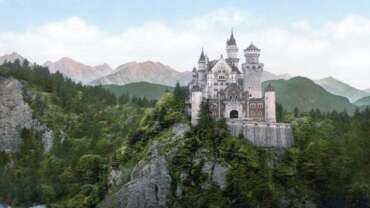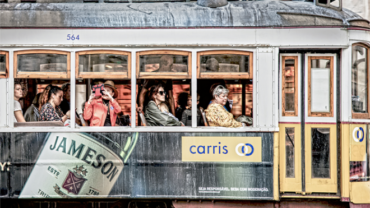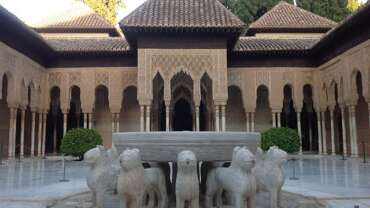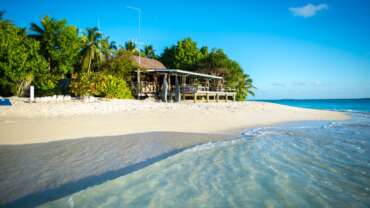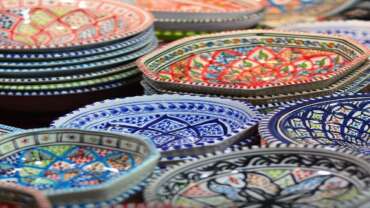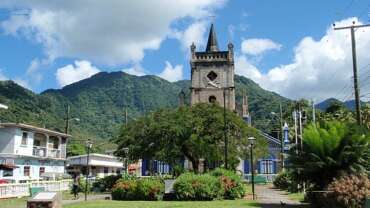Zimbabwe - A world of wonders!
Zimbabwe is a landlocked country in southern Africa known for its dramatic landscape and diverse wildlife, much of it within parks, reserves and safari areas. On the Zambezi River, Victoria Falls make a thundering 108m drop into narrow Batoka Gorge, where there’s white-water rafting and bungee-jumping. Downstream are Matusadona and Mana Pools national parks, home to hippos, rhinos and birdlife.
History of Zimbabwe
This discussion mainly focuses on the history of Zimbabwe since the late 15th century. For treatment of earlier periods and of the country in its regional context, see Southern Africa.
The remains of Stone Age cultures dating to 500,000 years ago have been found in Zimbabwe, and it is thought that the San, who still survive mostly in the Kalahari desert of Botswana, are the last descendants of these original inhabitants of southern and central Africa. They were driven into the desert by Bantu-speaking groups during the long migrations from the north in the course of which the Bantu-speaking peoples populated much of Africa from Lake Chad to present-day South Africa. The first Bantu are thought to have reached Zimbabwe between the 5th and 10th centuries CE. Zimbabwe is home to many stone ruins, including those known as Great Zimbabwe (designated a UNESCO World Heritage site in 1986). Some ruins date from about the 9th century, although the most elaborate belong to a period after the 15th century and are of Bantu origin.
People of Zimbabwe
Ethnic and linguistic composition
More than two-thirds of Zimbabweans speak Shona as their first language, while about one out of six speak Ndebele. Both Shona and Ndebele are Bantu languages. From the time of their great southward migration, Bantu-speaking groups have populated what is now Zimbabwe for more than 10 centuries. Those who speak Ndebele are concentrated in a circle around Bulawayo, with Shona-speaking peoples beyond them on all sides—the Kalanga to the southwest, the Karanga to the east around Nyanda (formerly Fort Victoria), the Zezuru to the northeast, and the Rozwi and Tonga to the north. Generations of intermarriage have to a degree blurred the linguistic division between the Shona and Ndebele peoples.
Among the whites in Zimbabwe at independence were the descendants of the country’s first European immigrants. Only about one-quarter of the adult white population was born in Zimbabwe. After World War II the white population grew severalfold because of heavy immigration, and some two-thirds of present-day white Zimbabweans have their origins in Europe, the great majority from Britain. The rest have come largely from South Africa. Of the whites living in rural areas, about one-quarter are Afrikaners. There are several thousand Asians, forming a community that is predominantly concerned with trade. There are also Zimbabweans of mixed race.
Zimbabwe’s ethnic and linguistic diversity is reflected in the 2013 constitution, which gives official status to 16 languages: Chewa, Chibarwe, English, Kalanga, Khoisan, Nambya, Ndau, Ndebele, Shangaan, Shona, sign language, Sotho, Tonga, Tswana, Venda, and Xhosa.
Religion
In the 20th century, Christian mission schools exercised much influence in the country, and most of the members of the first cabinet of independent Zimbabwe were graduates of these schools. More than four-fifths of Zimbabweans are Christian, almost half of them Apostolic. The Roman Catholic, Anglican, Methodist, Presbyterian, Baptist, and Dutch Reformed churches are also represented. Because the Roman Catholic Church supported nationalist aspirations, it held a position of influence in the post-independence period.
General Information of Zimbabwe
Education
The dismantling of Rhodesia’s segregated system of schooling began less than two years before independence. The minority government had concentrated upon providing compulsory (and virtually free) education for white children between the ages of 5 and 15 and had left the schooling of Black children in the hands of missionaries. In 1950 there were only 12 government schools for Blacks, compared with 2,230 mission and independent schools.
After independence, priority was given to upgrading the country’s school system. Many new schools were built in the drive toward free primary education for all. In the decade following independence, Zimbabwe achieved one of the highest primary school enrollment rates in Africa, with more than nine-tenths of all children of primary school age attending school, although this rate declined to about four-fifths in the early 21st century. Primary education begins at age seven, lasts for seven years, and has been compulsory since 1987. At least one rural secondary school has been established in each of the country’s districts. There are several universities and colleges in Zimbabwe, including the University of Zimbabwe, founded in 1955 at Harare, and the National University of Sciences and Technology, founded in 1991 at Bulawayo. Zimbabwe has one of the highest literacy rates in Africa, with nine-tenths of the population being able to read.
Health and welfare
Before 1980, health services were focused on curative medicine in central hospitals. Missionaries had the major responsibility for running rural clinics and small hospitals. After independence, health allocations were increased, but health services deteriorated rapidly with the onset of cyclic drought and flooding and the agricultural and economic problems of the late 1990s and 2000s. Many health care providers left Zimbabwe to work abroad, and those that remain do not always have access to the medicine and other supplies they need; in addition, many health care facilities and pieces of medical equipment have not been maintained, making it difficult to treat even common illnesses and injuries.
Because of these problems, the health and well-being of Zimbabwe’s population declined, although by 2010 there were signs of a gradual recovery. Life expectancy in Zimbabwe had plummeted during the last decade of the 20th century, from 62 years in 1990 to about 38 years in 2000; in 2010 it rebounded to about 48 years, and it continued to show further improvement in the following years. At the turn of the century, Zimbabwe’s infant mortality rate was higher than the world average, but it too has since shown improvement. AIDS, the major health threat to Zimbabweans in the 1990s, continued to be a formidable problem into the 21st century, with about one-fifth of the adult population infected. By 2010 the rate had dropped to about one-seventh, although this was still among the highest infection rates in the world. In addition to addressing the AIDS epidemic and other diseases such as tuberculosis and malaria that occur in the country, food security and improved nutrition are also seen as important health needs as Zimbabwe continues its efforts to recover from the period of food shortages caused by years of drought and flooding as well as the collapse of the agricultural sector and the economic problems of the early 21st century.
Cultural Life
The most famous of Rhodesian-bred writers, Doris Lessing, settled in England in 1949. In some contrast, the nationalist struggle prompted a renaissance of Shona culture. A forerunner of this renaissance (and a victim of the liberation struggle) was Herbert Chitepo, both as abstract painter and epic poet. Stanlake Samkange’s novels reconstruct the Shona and Ndebele world of the 1890s, while those of the much younger Charles Mungoshi explore the clash of Shona and Western cultures in both the Shona and English languages. Folk traditions have survived in dance and pottery. The revival of sculpture has drawn on tribal religion and totems to produce some remarkable works, particularly those of Takawira and the Tengenenge school of craftsmen who sculpt in hard serpentine.
Mazunga Safaris!
Mazunga Safaris hunts out of the Bubye Val-ley Conservancy area which is 850,000 acres and is situated in the South West part of Zimbabwe formerly known as the Lemco safari area. This Conservancy is made up of three areas consisting of the Main Conserv-ancy, Ripple Creek and Malangani.




